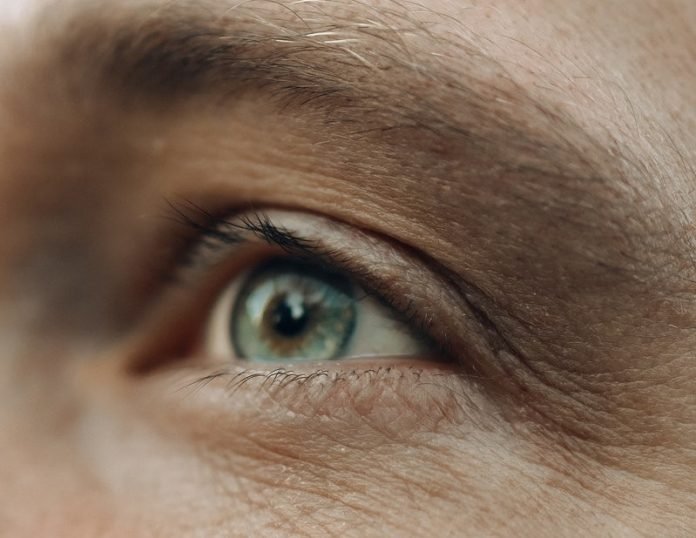
In a new study, researchers found that smartphones could be used to scan people’s eyes for early-warning signs of glaucoma—helping to prevent severe ocular diseases and blindness.
The research was conducted by scientists at the University of Birmingham.
Glaucoma is a disease of the optic nerve which is estimated to affect 79.6 million people worldwide and, if left untreated, causes irreversible damage.
Some of the most common eye-related diseases are avoidable and display strong risk factors before onset, but it is much harder to pinpoint a group of people at risk from glaucoma.
Glaucoma is associated with elevated levels of intraocular pressure (IOP). IOP is a vital measurement of healthy vision, defined as the pressure created by continued renewal of eye fluids.
An accurate, non-invasive way of monitoring an individual’s IOP over an extended period would help to significantly increase their chances of maintaining their vision.
The current ‘gold standard’ method of measuring IOP is applanation tonometry, where numbing drops followed by non-toxic dye are applied to the patient’s eyes.
There are problems and measurement errors associated with this method.
A big risk factor of glaucoma is having a thin central corneal thickness (CCT) – either by the natural occurrence or a common procedure like laser eye surgery.
A thin CCT causes artificially low readings of IOP when using applanation tonometry.
The only way to verify the reading is by a full eye examination—not possible in a mobile situation.
Also, the equipment is too expensive for most people to purchase for long-term home monitoring.
In the study, the team found soundwaves used as a mobile measurement method would detect increasing values of IOP, prompting early diagnosis and treatment.
They successfully carried out experiments using soundwaves and an eye model.
The researchers found it possible to use a smartphone to accurately measure IOP from the comfort of the user’s home.
One author of the study is Dr. Khamis Essa, Director of the Advanced Manufacturing Group.
The study is published in Engineering Reports.
Copyright © 2021 Knowridge Science Report. All rights reserved.



